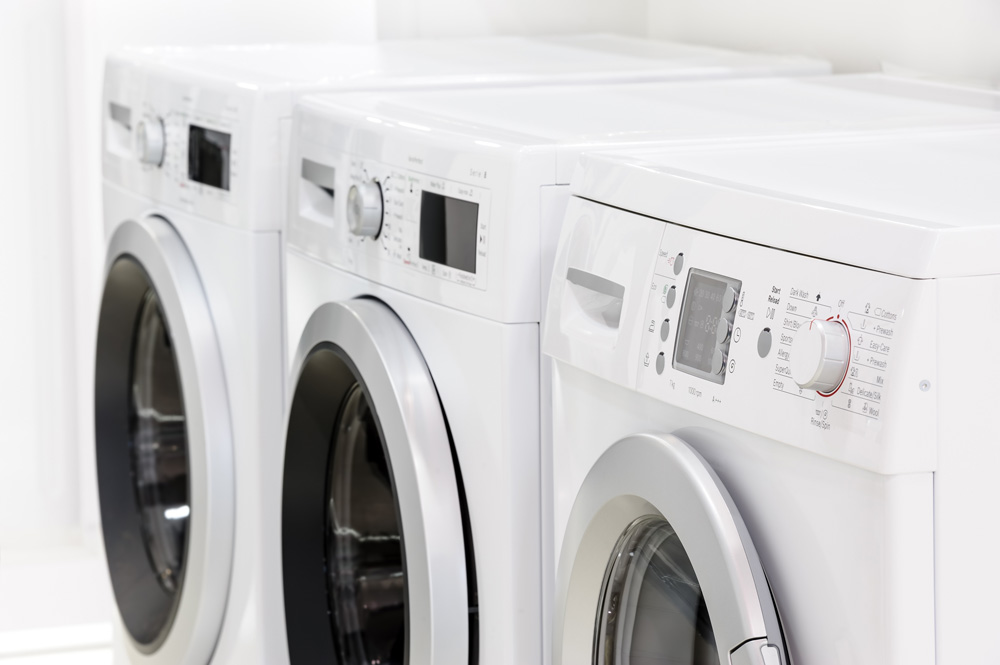Recent Posts
Replacing Washing Machine Bearings
Posted by on

Replacing washing machine bearings can be one of the most difficult repair jobs to complete on a washing machine. It will require a complete strip down of the machine. Anyone who does not have confidence in his or her ability to totally strip down the machine and re-build it safely should not attempt this repair. It is a heavy, complex job that may take a full day to complete.
The decision to replace or repair a washing machine whose bearings have worn out is often an economic as well as a practical one. Few people without special training are really able to handle all the intricacies of taking the machines apart, replacing the needed bearings and putting back all the parts. These machines are heavy. They have many small fasteners, wires and parts. They can't easily be tested during the repair process to see if anything is missing or replaced incorrectly. Often, trained technicians have to be called in to do this work. Factory trained technicians will be able to locate the exact parts needed and will have the tools to do the job without errors.
Generally there are two replaceable bearings in a washing machine. They come with a seal that keeps water from leaking through to the bearings. The bearings and the seal are often purchased in a "washing machine repair kit." The water seal on the front bearing is usually engineered to depend on a brass bushing on the drum shaft as a block against water. When this seal fails water is allowed to pass into the front of the machine. Water leaks to the floor and the bearing slowly rusts. The bearing will eventually collapse because the lubricating grease is washed out. The washing machine will get very noisy especially when the motor goes into the spin cycle.
Fixing Noisy Washing Machine Bearings
The mechanics of removing washing machine bearings and other parts to disassemble the washing machine frequently vary. Some machines have a bearing plate that is released with a clamp band so that the whole back of the tub comes off. Other machines require a torturous process of piece by piece extraction. It is especially hard when the only way to remove the tub is through the top of the machine. One technician called this "a soul destroying job." When bearings have begun to rust, they often stick. Parts of the bearing may have to be removed with chisels to get them out.
Special tools are usually needed to replace bearings. Some machines require a special bearing drawer to get the parts in and out. There are work-arounds for the special tools, but anyone replacing bearings ought to be well equipped with screwdrivers, spanners, and torque bits.
Obsolete replacement parts are built into many newer washing machines. To lower production costs, some manufacturers have introduced sealed tanks where bearings can't be replaced at all. That means the machine may only operate over a thousand cycles or so and have to be replaced. Many users opt to buy new machines instead of devoting the time, and taking the risks, of repairing the old one. The costs of professional repairs is high because of the time investment needed to do the work.
Will Repairing Failed Bearings Ever Get Easier?
As of now, the current system of seals and bearings in the automatic washing machine is considered state-of-the art, even with all of its troubles. Many of the small engineering and technical advances have come in the area of rivet, screw and fastener designs. Very little has advanced in the way automatic washers operate since automatic washing machines were introduced for the European market in 1951.
If you're looking for a one stop shopping experience, we have washing machine bearings and kits for virtually any washing machine on the market. Consult our site to find instructional materials as well. Please contact us to see how we can help.

